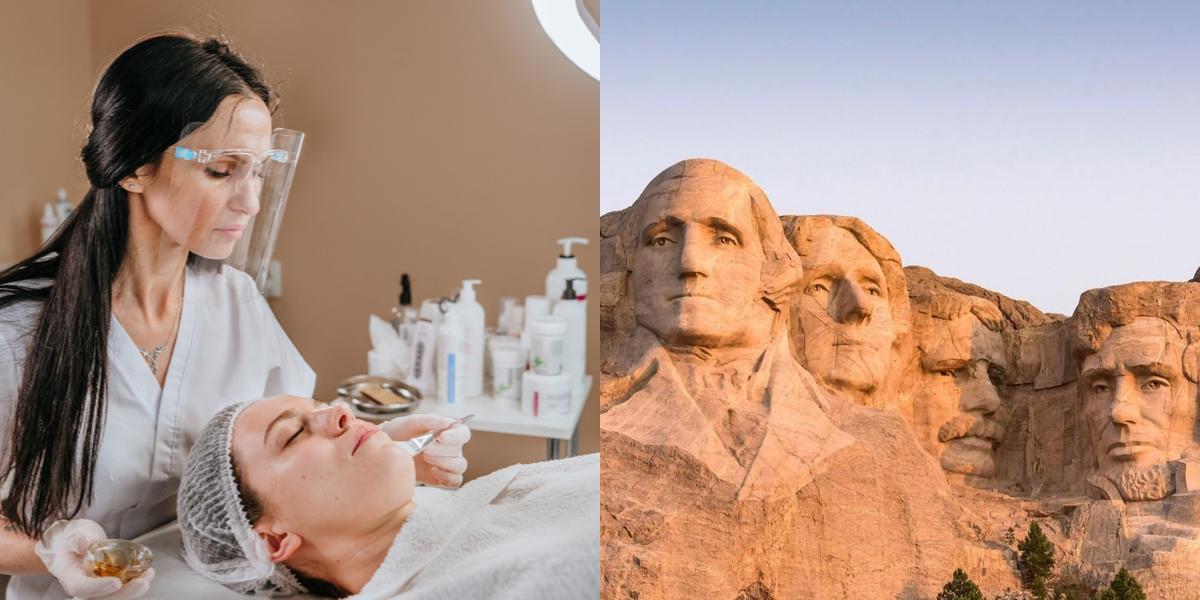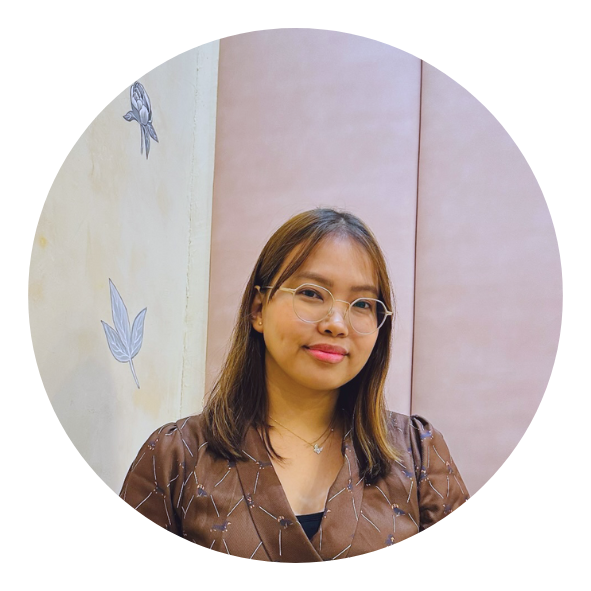How to Become an Esthetician in South Dakota

Estheticians are skincare specialists who provide various beauty treatments to their clients. They are responsible for analyzing skin conditions, recommending skincare products, performing facials, waxing, and other cosmetic procedures.
How do I get a job as an Esthetician?
Once you have obtained your esthetician certification, you may be wondering how to start your career as an esthetician. Here are a few steps to help you land your first job:
-
Update your resume: Before applying for esthetician positions, make sure to update your resume with your education, certifications, and any relevant work experience. Highlight your skills and accomplishments in the field of esthetics.
-
Build a portfolio: As an esthetician, having a portfolio of your work is important. Include before and after photos of clients you have worked with, as well as any special techniques or treatments you have performed. A portfolio can help showcase your skills and attract potential employers.
-
Network with industry professionals: Attend industry events and join professional organizations for estheticians. Networking with professionals in the field can lead to job opportunities and valuable connections. Consider reaching out to local spas, salons, and skincare clinics to inquire about job openings or apprenticeship opportunities.
-
Apply for esthetician positions: Look for job openings at spas, salons, resorts, or skincare clinics in your area. You can search online job boards, reach out to local establishments directly, or use social media platforms such as LinkedIn to find job leads. Tailor your resume and cover letter to each specific job application, highlighting relevant skills and experiences.
-
Prepare for interviews: Once you start getting calls for interviews, make sure to prepare ahead of time. Research the company you are interviewing with, familiarize yourself with their services and products, and come up with answers to common interview questions. Dress professionally and bring copies of your resume and portfolio to the interview.
-
Consider an apprenticeship: If you are having difficulty finding a job as an esthetician, consider applying for an apprenticeship or internship. This can provide you with valuable hands-on experience and may lead to a full-time position. Reach out to local estheticians or skincare professionals to inquire about apprenticeship opportunities.
Career Paths and Opportunities after Becoming an Esthetician
Becoming a licensed esthetician opens up a wide range of career paths and opportunities within the beauty and skincare industry. Here are a few options to consider:
-
Spa or salon esthetician: Many estheticians work in spas or salons, providing services such as facials, waxing, and body treatments. This is a popular career path for estheticians, as it allows for a diverse range of clientele and the opportunity to work in a relaxing and luxurious environment.
-
Medical esthetician: Medical estheticians work in medical spas or dermatology clinics, providing advanced skincare treatments under the supervision of a physician. These treatments may include chemical peels, laser hair removal, microdermabrasion, and other non-invasive procedures. Additional training and certifications may be required for this career path.
-
Makeup artist: Many estheticians have a passion for makeup artistry and go on to become professional makeup artists. This can involve working in a salon or spa, freelancing for special events such as weddings and photo shoots, or even working in the entertainment industry.
-
Product sales representative: With a deep understanding of skincare products and treatments, some estheticians choose to work as sales representatives for skincare companies. This can involve demonstrating and selling products to spas, salons, and retail stores, as well as educating clients on proper skincare routines.
-
Esthetics instructor: If you have a passion for teaching and sharing your knowledge with others, becoming an esthetics instructor may be a rewarding career path. Many beauty schools and vocational institutions hire licensed estheticians to teach aspiring students.
-
Entrepreneurship: Some estheticians choose to start their own businesses, such as opening a spa, salon, or skincare clinic. This allows for creative freedom and the ability to set your own schedule and services. However, it also requires strong business management skills and a solid client base.
Final Thoughts
Becoming a licensed esthetician can open up a world of opportunities in the beauty and skincare industry. Whether you choose to work in a spa, salon, medical setting, or start your own business, the demand for skilled estheticians is constantly growing. By following the necessary steps to obtain your certification and actively seeking job opportunities, you can embark on a rewarding career helping others look and feel their best. Remember to stay updated on the latest trends and techniques in the industry, and continue to expand your knowledge through continuing education courses. Good luck on your journey to becoming a successful esthetician!
Dreambound offers a window into various career paths, so if you're considering a shift in your career, browse through these articles:

Stephanie Dayak is the go-to person for everything related to automation and integrations at Dreambound. As a Certified Tax Technician turned tech whiz, her sharp eye for detail and passion for efficiency become evident in every project she undertakes. When not solving tech puzzles, she's out exploring the local food scene, cozying up with her dogs, or plugged into a thought-provoking podcast. She's an ardent believer in mixing fun with functionality!




